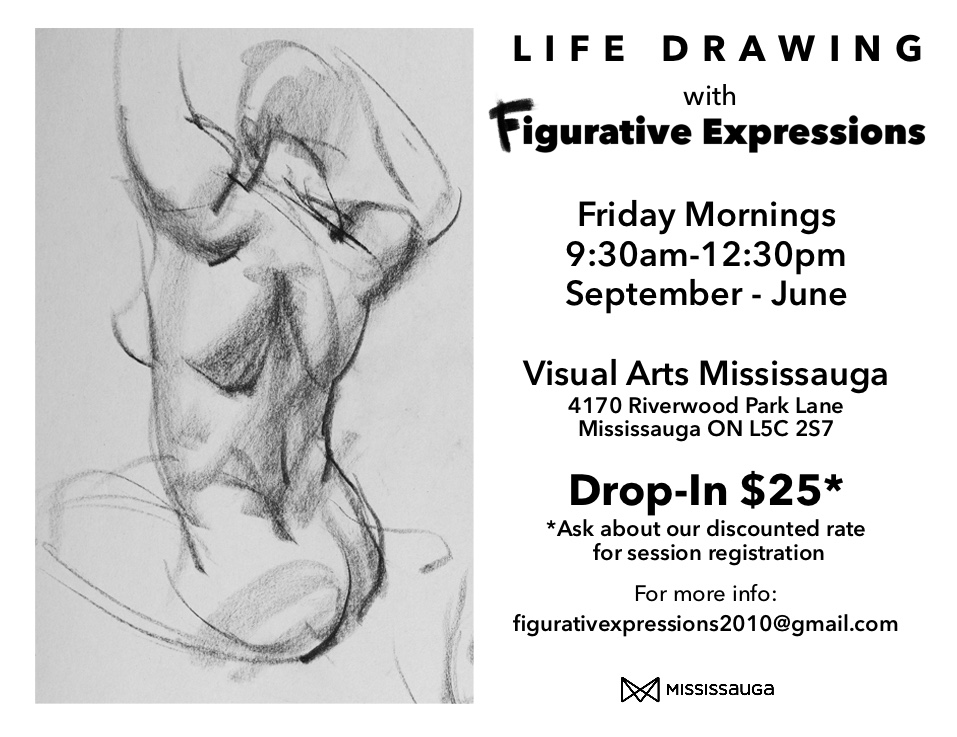Turn on the analytical / methods part of your brain, and let’s get started
HILL STRATEGIES (KELLY HILL). MAY 18, 2023.
“Another post strictly about methods today: specifically, which occupation groups are considered “cultural” (including a full list from my work), which ones aren’t, and why.
This is mostly relevant to data from the census, which is reliable at the occupation group level. In fact, you can think of today’s post as a companion to my census analyses.
To date, I have published five posts analyzing downloaded census data:
- Women in arts leadership positions
- Over 200,000 artists in Canada
- How many artists are there in in each Canadian province and territory?
- Women represent a strong majority of Canadian artists
- Women represent a higher proportion of artists than arts leaders in every province
In June, I plan on publishing a series of posts analyzing the downloaded census data for all cultural workers, i.e., the 52 arts, culture, and heritage occupation groups described below (not just the 10 artist occupation groups).
Substack now has a tags feature, and you can see all of my previous posts on cultural workers under “cultural workers” on the Statistical insights on the arts homepage.
Similarly, I have created a section for my posts about artists.
Good news, albeit late: after 5 months of waiting and back-and-forth, I have finally signed an agreement for my census custom data request. It may now take up to 6 weeks for the data to be queried and organized for me. Then I can finally start analyzing the dataset. Progress!
Quick note about Labour Force Survey data
On Tuesday, I posted about the broader categories of occupations available in some datasets, particularly the Labour Force Survey. The broader categories contain most, but certainly not all, cultural occupations.
I have published three posts on the median wages for broad categories of cultural workers, based on the Labour Force Survey: “professional”, “technical”, and unnamed.
Two more are forthcoming: one on the differences in median wages on Tuesday May 23, and one on historical changes in median wages on May 30.
Ready to get in the weeds? I got weeds for you.”































 April 24, 8-11 PM
April 24, 8-11 PM  The Rivoli, 334 […]
The Rivoli, 334 […]